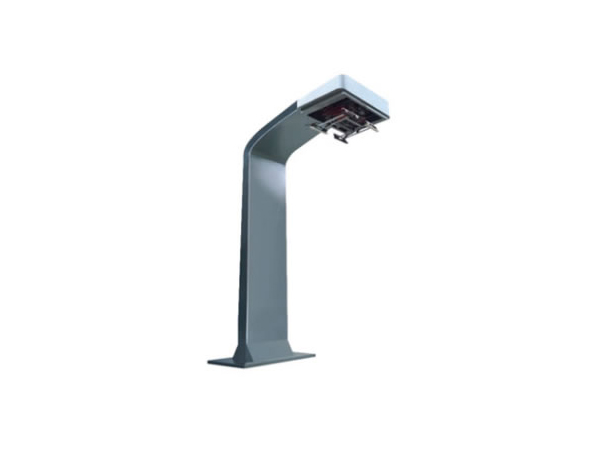-
13822183778@139.com
-
13822183778
The development trend of charging stations
In the grand process of accelerating towards the new energy era globally, charging stations, as the "energy supply stations" for electric vehicles, are flourishing at an unprecedented speed. Their development trend not only reflects the glorious prospects of the electric vehicle industry, but also highlights the strong pulse of energy transformation and technological progress.

The leap in charging speed is undoubtedly one of the most eye-catching trends in the development of charging stations. Once upon a time, the long charging time was a major obstacle to the popularization of electric vehicles. Nowadays, fast charging technology is advancing rapidly. From the initial ordinary fast charging to the current ultra fast charging mode, power has been continuously increasing, and some advanced charging stations can achieve charging power of hundreds of kilowatts or even higher, greatly reducing charging time and making "charging like refueling" gradually become a reality. This change not only enhances the user experience of electric vehicles, but also gradually reverses their disadvantage in competition with traditional fuel vehicles, expands the application scenarios of electric vehicles, and makes daily commuting and long-distance travel in cities more convenient and efficient.
At the same time, the layout of charging stations is undergoing profound changes, and their distribution network is extending from the city center to more widespread areas. Within the city, charging stations are no longer limited to a few places such as large shopping malls and parking lots, but penetrate into every corner of residential areas and streets, making charging within reach. Between cities, the construction of charging stations in highway service areas is also being vigorously promoted, forming a series of "power corridors" connecting cities, effectively alleviating the "range anxiety" of electric vehicle users, and providing a solid guarantee for cross regional electric vehicle travel.
Intelligence and interconnectivity are another significant trend in the development of charging stations. With the help of advanced technologies such as the Internet of Things, big data, and cloud computing, charging stations are becoming "smart and intelligent". Users can easily search for the location and availability of nearby charging stations through mobile applications, and make appointments for charging. During the charging process, real-time monitoring of charging progress, electricity expenses, and other related information can also be achieved. In addition, the intelligent interaction between charging stations and the power grid is gradually strengthening, which can automatically adjust the charging power according to the load situation of the power grid, achieve peak shaving and valley filling, improve the operating efficiency of the power grid, and promote the consumption and integration of renewable energy.
Looking ahead to the future, the development prospects of charging stations are full of infinite possibilities. With the continuous breakthrough of battery technology, higher energy density batteries will put forward higher requirements for the charging power and compatibility of charging stations, which will further promote the iterative upgrading of charging station technology. At the same time, the application research of wireless charging technology in the field of charging piles is constantly deepening. Once it matures and becomes popular, it will completely overturn traditional charging methods, achieve seamless charging of electric vehicles, and bring users a good and convenient experience.
It can be foreseen that under the sweep of the new energy wave, charging piles will continue to move forward in the direction of high-speed, intelligent, and universal layout, laying a solid foundation for the take-off of the electric vehicle industry, contributing important forces to the construction of a clean, low-carbon, and efficient future transportation energy system, and opening up a new era of new energy travel.
 How long does it take to charge ···
How long does it take to charge ···
 DC Fast Charging CCS type 2 plug
DC Fast Charging CCS type 2 plug
 The high-voltage and high-curren···
The high-voltage and high-curren···


